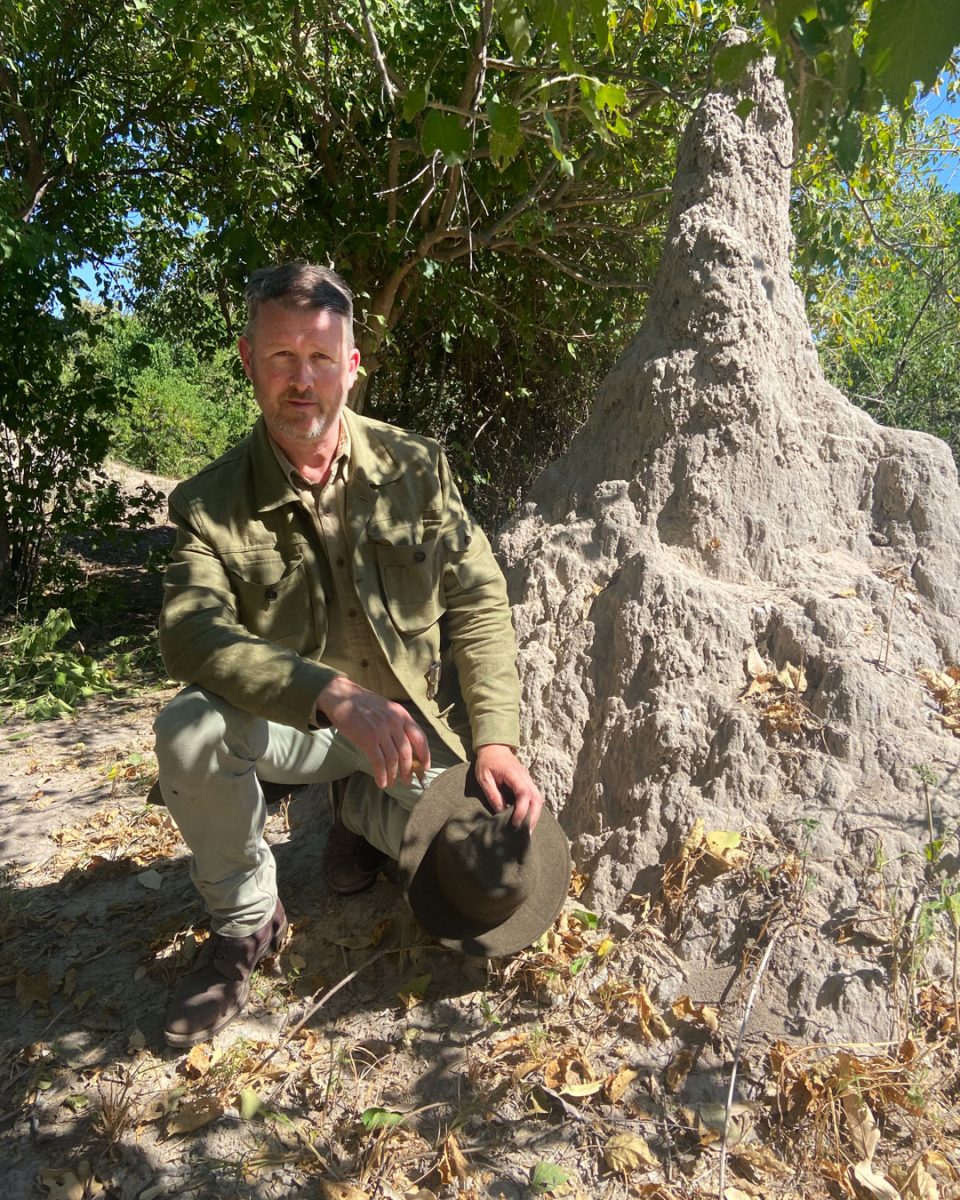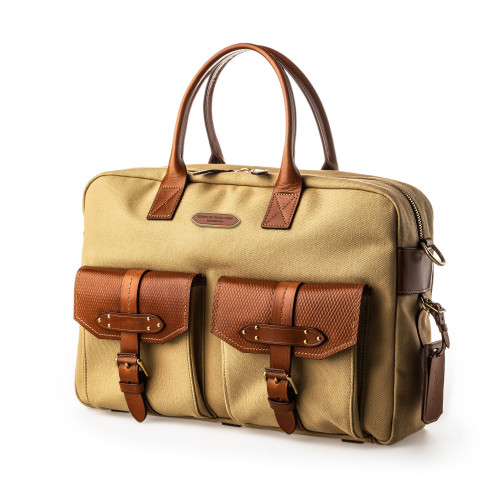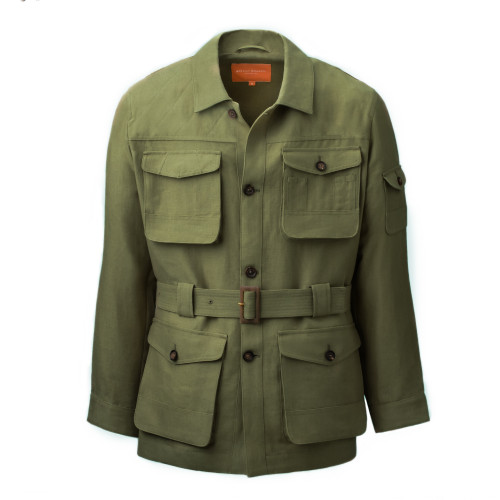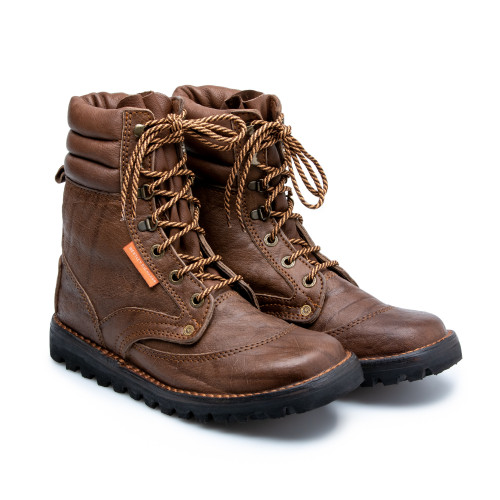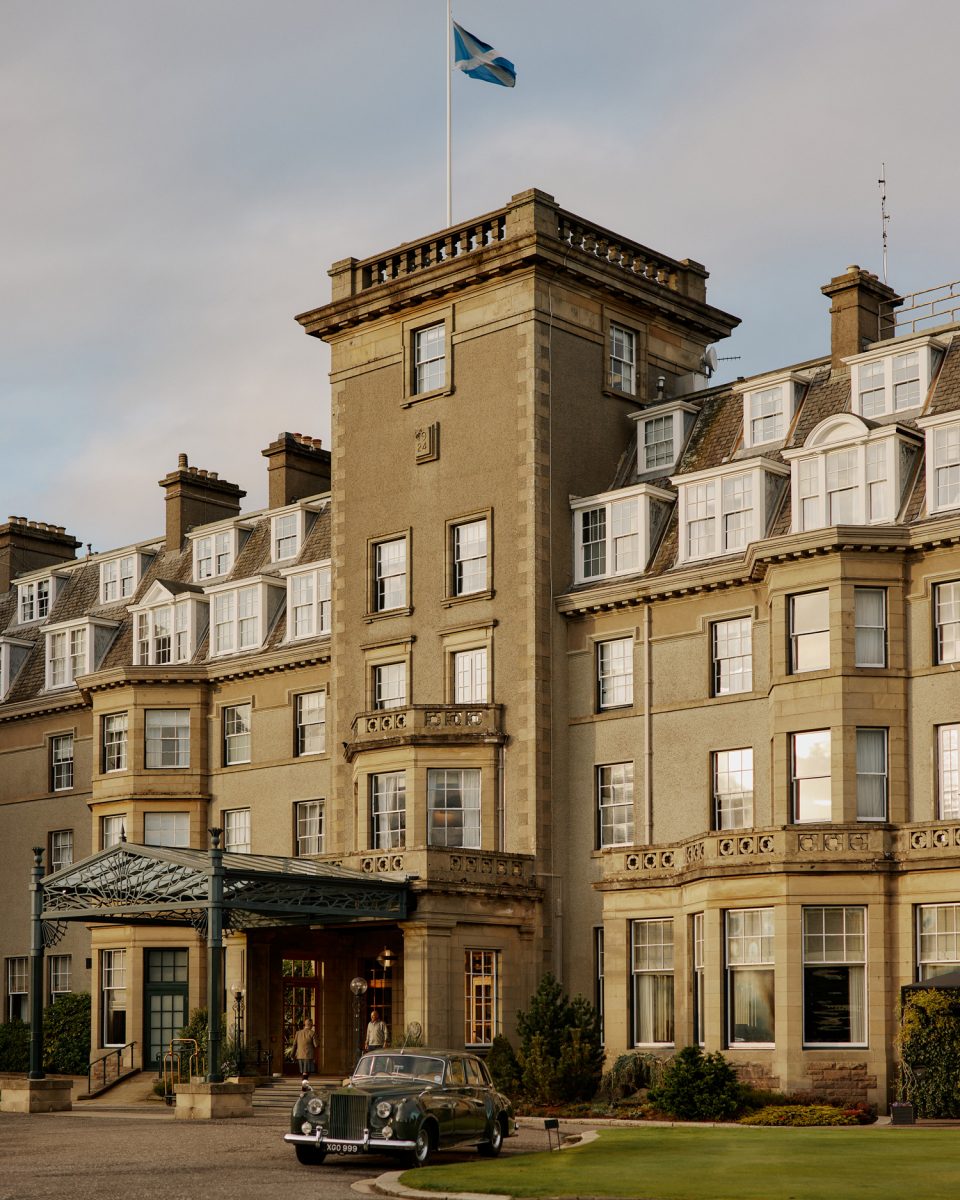This year, however, was one of the better ones, as I was on my way to meet an old friend to accompany on a ten-day elephant hunt in Botswana. MJ and I hunted in the Okavango Delta in 2007 and I was keen to see how much had changed in seventeen years. We are both a little greyer and a little heavier than we were back then, but thankfully fit enough to hunt hard and get fully engaged in the process.
After clearing passport control in Maun and emerging successfully with firearms, clothes and ammunition all in order (by no means a guarantee on these flights) we were met by Grant Albers, our PH and co-owner of Savannah Sky Safaris, with whom we would be hunting.
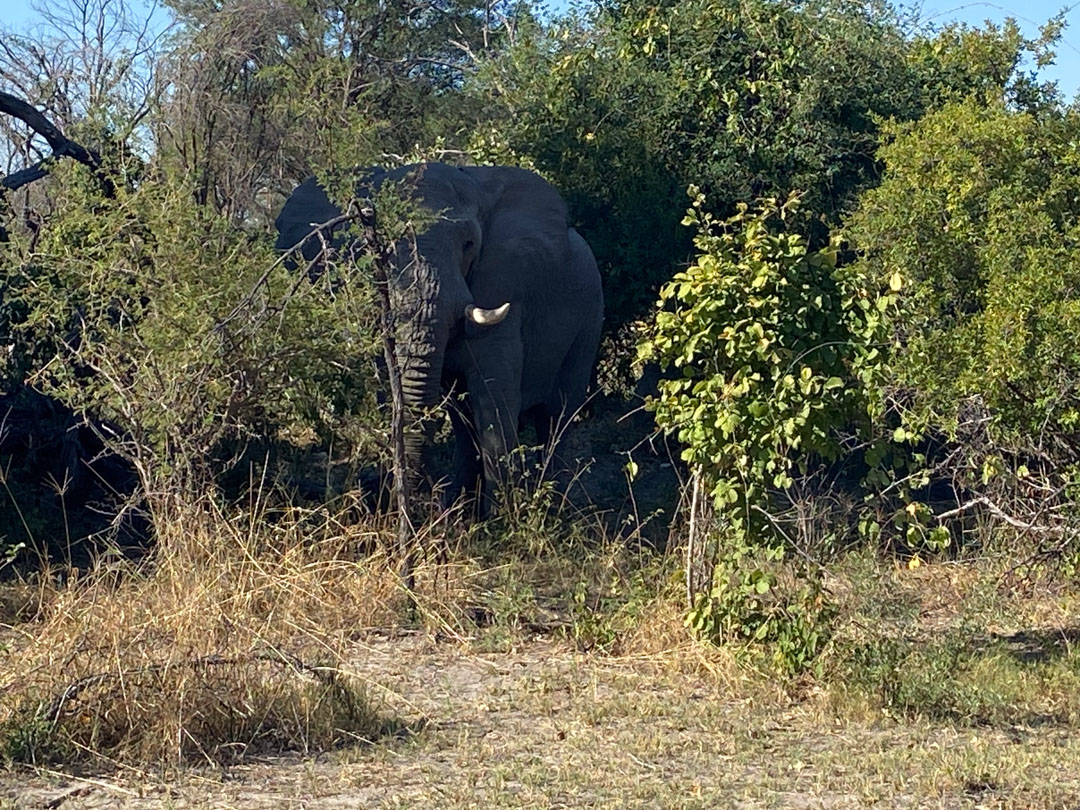
Grant had been our PH all those years earlier, when he worked for Mark Kyriacou. A forty-nine year old veteran now, we were looking forward to spending time together again.
MJ carried with him his Westley Richards .470 NE hand-detachable-lock double rifle. Westley Richards made this for him a decade ago and he had used it on a previous elephant hunt.
It had been left at home last time we hunted, in Tanzania, in favour of his Westley Richards .577 NE, with which we killed some very good buffalo.
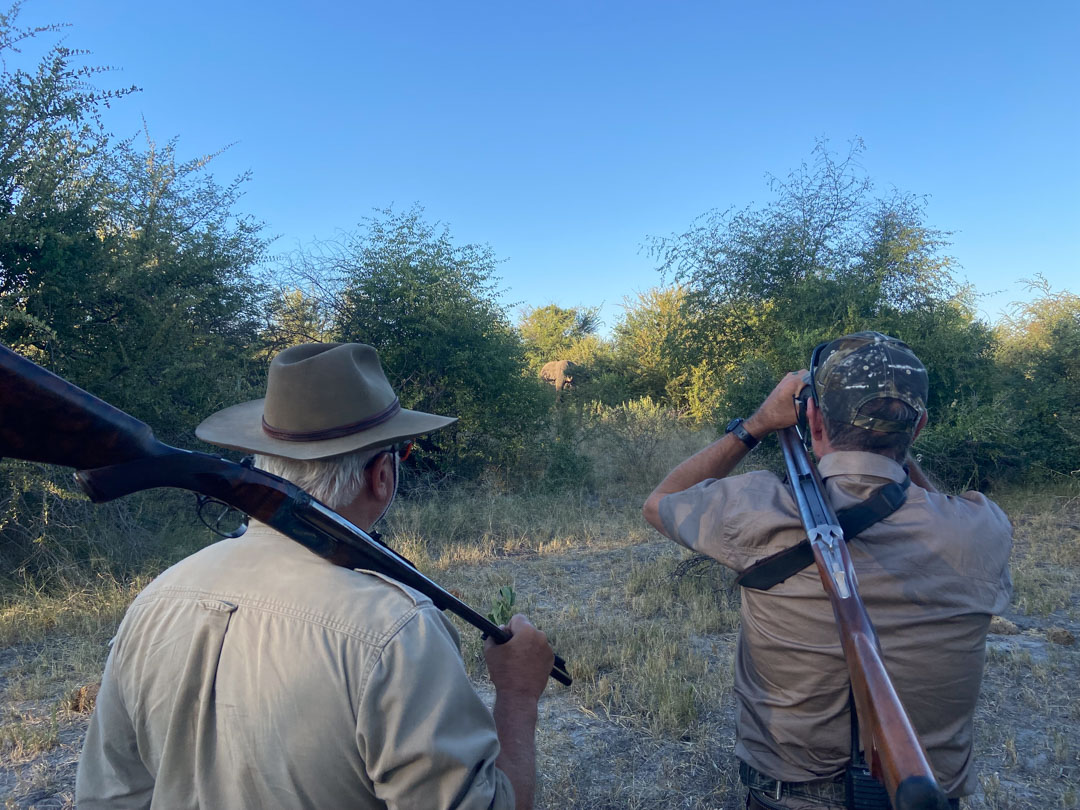
Grant likes the .470 for elephant hunting, believing the penetration is superior and suggested MJ bring it this time. Kynoch-manufactured .500-grain Westley Richards solids were packed. Westley Richards supplies the buyer of every new rifle with ample rounds of the same batch with which the rifle was regulated.
As well as packing a Westley Richards rifle, I decided it was a good opportunity to field test my Bournbrook bag and Selous Safari Jacket. The latter is the 2024 version, in a heavier-weight linen than my 2015 Bushveld jacket by Westley, which I left at home.
The Bournbrook is a much-used travel companion, well-acquainted with airports and hotel lobbys. I always pack a spare T-shirt, underwear, socks and wash kit in mine, as the arrival of your main bag in Africa is always a pleasant surprise, rather than an expectation. With the clothes on my back and those extras, I can manage a couple of weeks on safari, if necessary.

For travel, I wore my hunting boots, trousers and hat, a waistcoat with plenty of pockets and a safari shirt as well as my Selous jacket, which easily accommodated my ‘phone, sunglasses, passport, handkerchief, pen and camera.
Over a cold Windhoek lager in camp, Grant, MJ and I discussed plans for the coming week, as the sun went down on my birthday and the hyenas began to chatter.
MJ’s biggest elephant to date was 70lbs and he was hoping to better that weight. Grant thought that reasonable, as the previous two seasons had delivered bulls in the eighties and nineties. We had ten days but faced some uncertainty, as this was the first hunt of 2024.
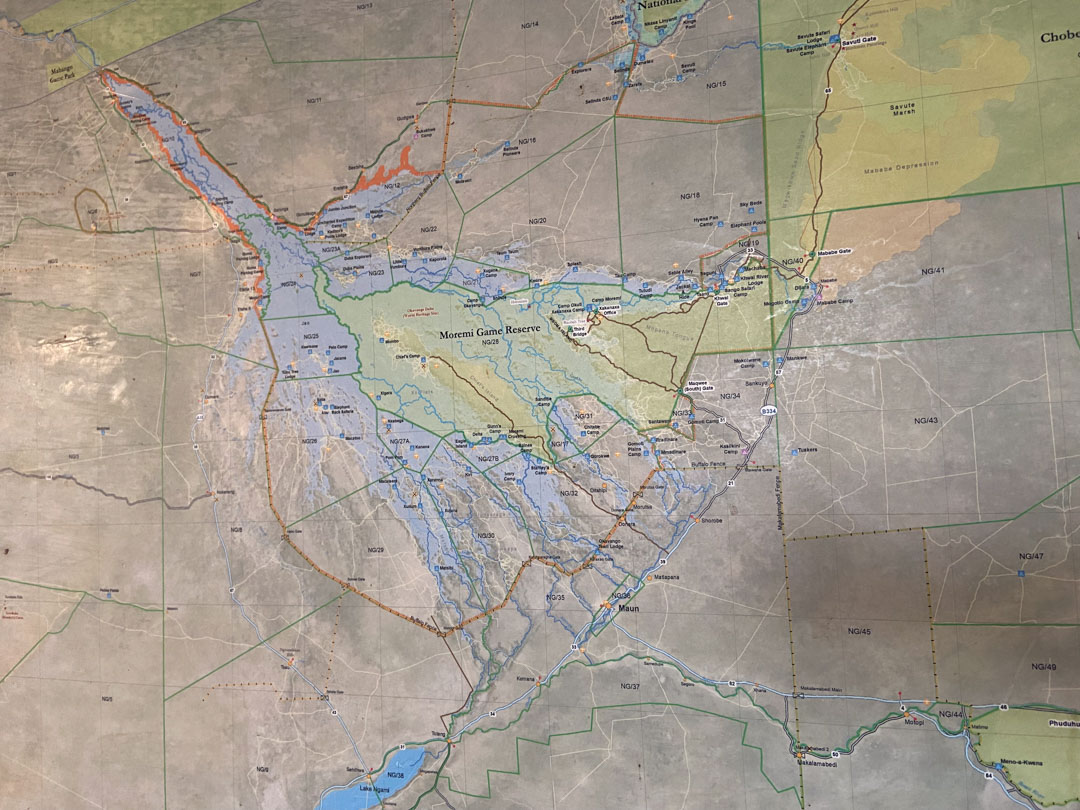
Our 2007 hunt had been in the Okavango Delta itself, in a camp called splash. There, the game was plentiful and in the open, as there were no people to bother them. Here, on the edge of the Delta, which is now closed to hunting, we were mingling with cattle, donkeys, bush ponies, farmers and fishermen.
The animals were under much more pressure and licences available only for elephant. The rains were yet to arrive and the bush was dry and dusty, with temperatures hitting 108 degrees at midday.
I noticed immediately that the elephants behaved differently here than they did in the Delta. There, they were more flighty, more reactive to human proximity. Here, in an area habituated by humans and domestic livestock, they were less troubled by passing traffic.
Plains game was scarce, hiding until dusk most of the time; and for good reason. On the first day we found a poached giraffe, followed by a buffalo. Nothing remained but the skin and gut pile of either animal. The locals have firearms and poaching is commonplace. The buffalo had been shot in the face with heavy buck shot at close range.
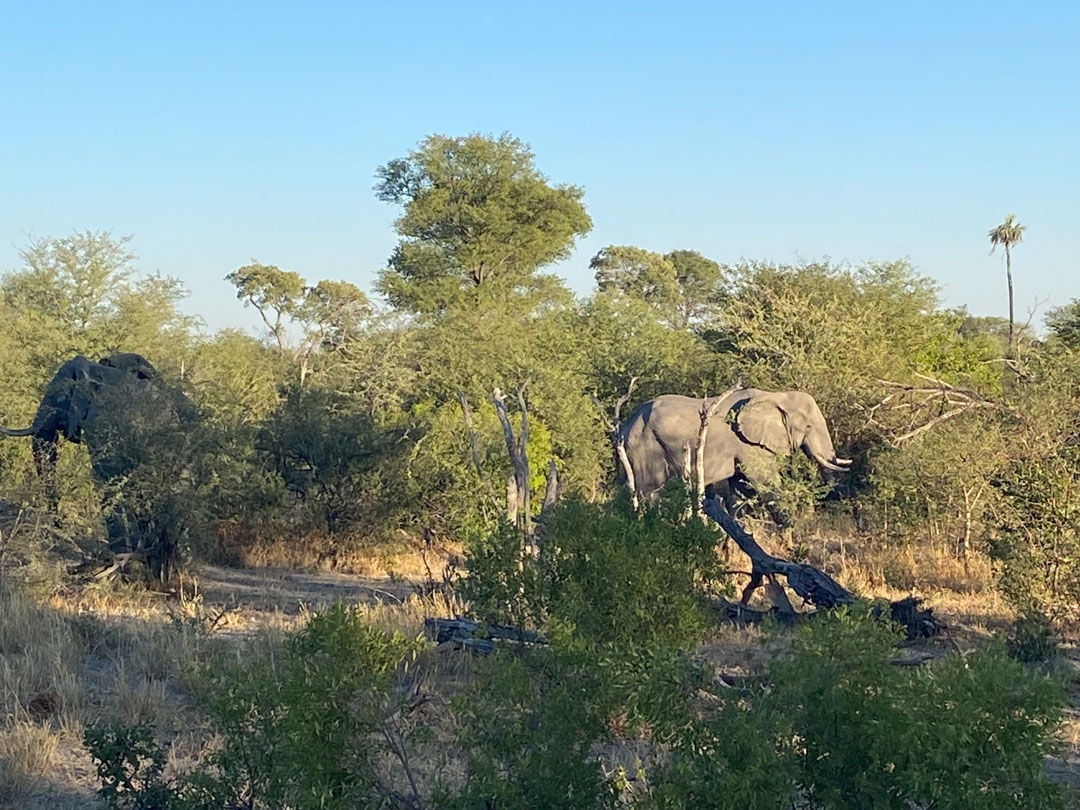
Our daily routine involved a 6 a.m. start, days driving the sandy tracks and looking for footprints to follow, or spotting elephants in the bush, glassing to evaluate the ivory and tracking to get a closer look when necessary.
For days we hunted; at the end of day six, I jokingly asked the head tracker if seven was his lucky number. He laughed and said “yes”. ‘Lucky Seven’ was the catch phrase of the following day but we came back to camp empty handed. Next day was ‘lucky eight, then ‘lucky nine’. Still, no elephant.
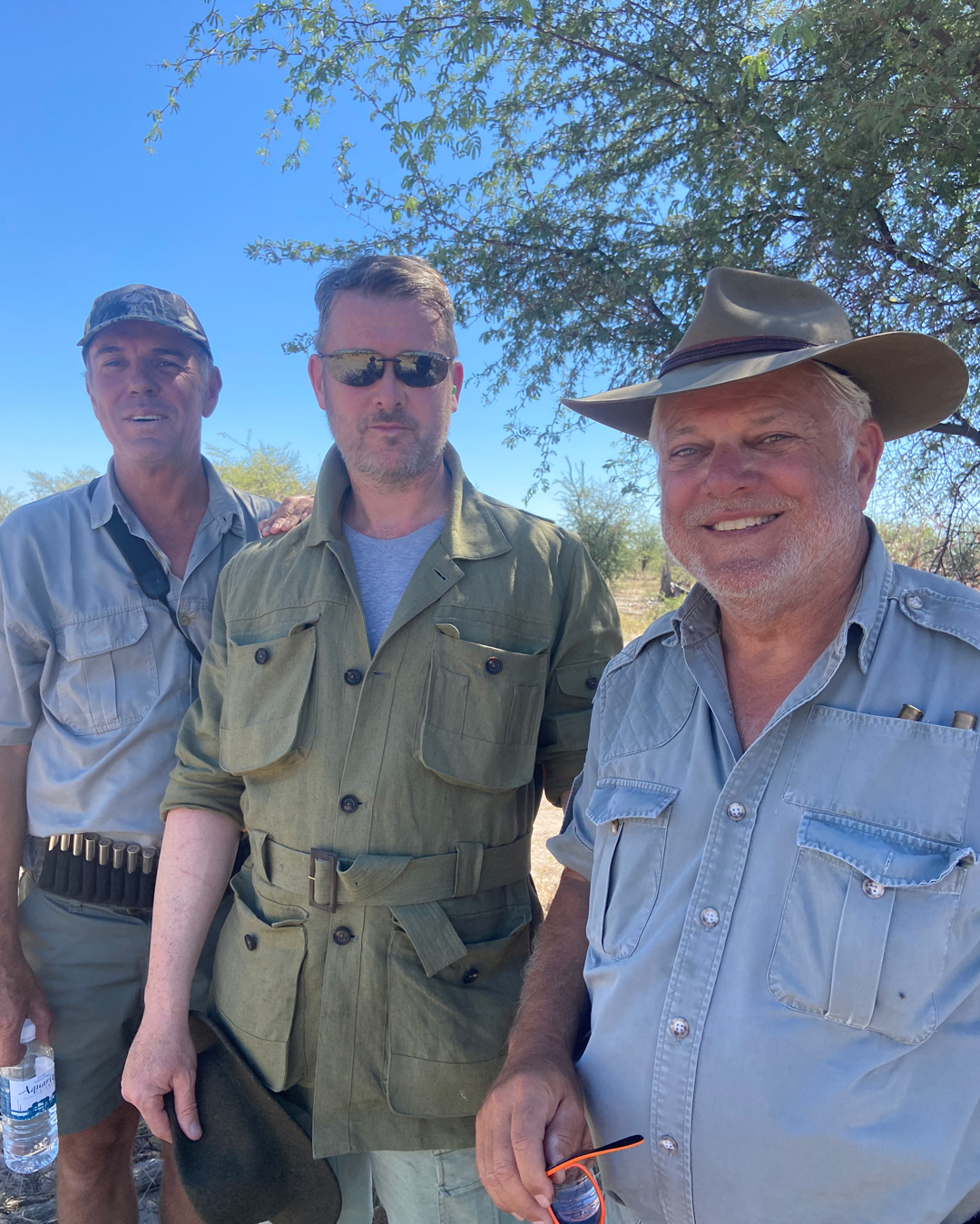
By day ten, Grant was, outwardly, professionally cheerful but squirming inside. Would this be his first ‘blank’ in over a quarter of a century as a professional hunter? MJ was philosophical. He had come to hunt a good elephant, not shoot something just for the sake of pulling the trigger.
The ‘lucky ten’ cries as we left camp perhaps lacked the cheer of previous mornings. Early mornings had provided the most opportunities. That was the time we saw the most bulls moving and managed to track them close and look at their prospects.
Once the heat of the day was upon us, the best places to look were the lagoons of standing water, where the elephants came to wallow and drink. However, we mostly saw cows and young bulls. The big bulls were drinking at night.

That final morning, having stalked close into a group of five bulls, declining to take the biggest, which was probably in the fifties, we headed back to the track, each of us tacitly accepting that we had probably passed up on our last opportunity. Still, we were hunters so we would hunt until dusk on the last day.
An hour later we were talking to Grant’s old tracker, who now lived in a local village. He said there was a big elephant that frequented an island nearby. It was an old bull and had lately been bad tempered, chasing dogs and killing a goat a day or two earlier.
We thought it was one we had tracked a few days ago and turned down, though it was then in very dense cover. Grant decided we should take another look and we headed into the thick mopane, sickle-thorn and ironwood scrub to find him.
We soon picked up his tracks and followed them into the bush, eventually finding him resting under a large tree, we got very close but he was well hidden in the vegetation and evaluating his ivory was difficult. Grant thought he might hit seventy.
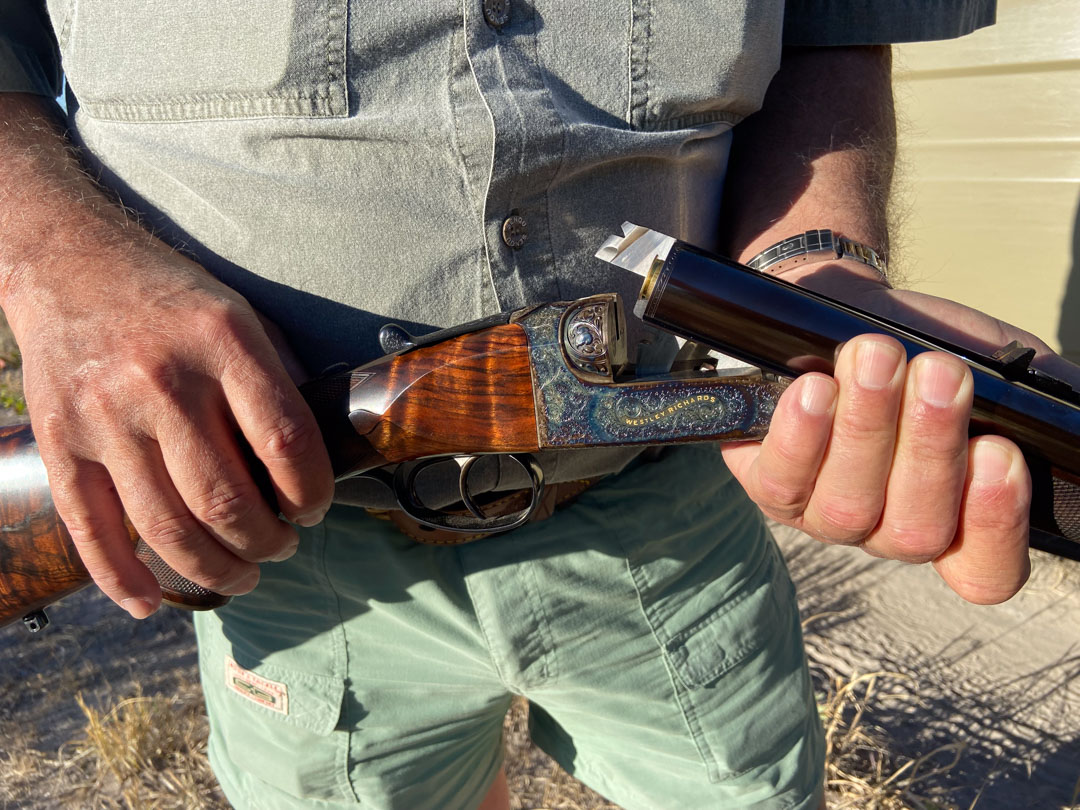
MJ managed to get a shot only by taking the knee. In this less than ideal position, he took aim and fired-off two rounds in quick succession, followed by one from Grant’s .500.
The elephant stumbled forward a few yards, dropped to its front knees and then in a rush of adrenaline, rose and took off away from us. We pursued the departing elephant for 200 yards, MJ firing each time a shot presented itself, until the energy ran out and the old boy sagged into an ironwood tree and gave his last gasp. Mid morning, day ten; we finally had an elephant on the ground!
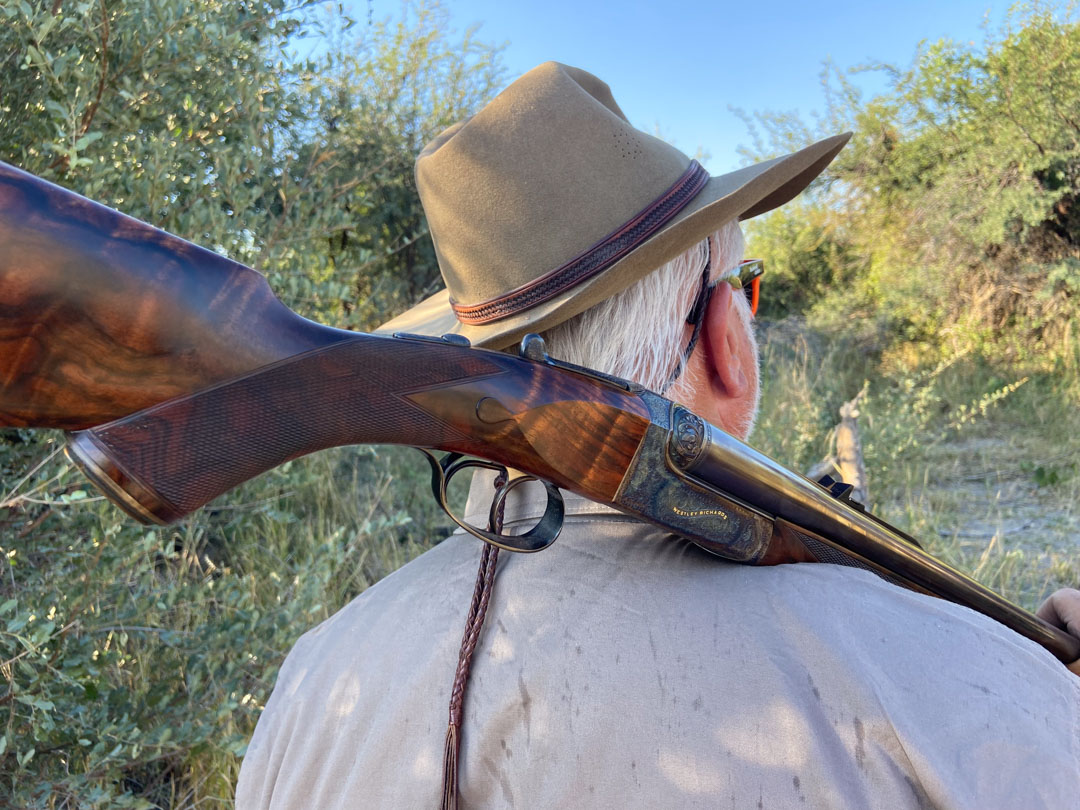
His final resting place was not very accessible. Out came the pangas and axes and a path was cleared to allow Land Cruiser access. A few photos were taken and then people began to arrive, knives at the ready.
As the first elephant of the season, the meat was in great demand and there was palpable excitement. I noticed that, whereas in 2007 the locals were in traditional African dress, these ones were in T-shirts and some sported hats and bandanas.

Most had mobile phones and ‘the Queen of the village’ was soon posing on the carcass for photos, well-practiced trout pout or duck face poses in place as the shutters snapped.
We settled down for lunch under a shade tree and lit cigars as the skinners got to work removing panels for tanning and chopping out the ivory. Within three hours the elephant was stripped of meat. All that remained were bones and guts, the emaciated dogs contentedly feasting on scraps, as their masters and mistresses headed home.
With nerves removed, the tusks weighed 77lbs, measuring 6ft 7 ½”, being very much alike, with only 1lb and 1” difference between the two. The hunt had gone to the wire but it all worked out in the end. There is nothing on earth like elephant hunting. No experience comes close, it is a privilege, an awesome connection with mortality and an important contribution to the local economy.

The day we left, a local farmer plugged three young bulls that broke into his sorghum patch, with a .375. One was dead, the other two dragging themselves painfully towards sanctuary and spotted a couple of miles away. I hope the game wardens caught up with them.
The issue in Africa is, and will remain, human-animal conflict and the competition for increasingly limited resources.
The Explora Blog is the world’s premier online journal for field sports enthusiasts, outdoor adventurers, conservationists and admirers of bespoke gunmaking, fine leather goods and timeless safari clothes. Each month Westley Richards publishes up to 8 blog posts on a range of topics with an avid readership totalling 500,000+ page views per year.
Blog post topics include: Finished custom rifles and bespoke guns leaving the Westley Richards factory; examples of heritage firearms with unique designs and celebrated owners like James Sutherland and Frederick Courteney Selous; the latest from the company pre-owned guns and rifles collection; interviews with the makers from the gun and leather factory; new season safari wear and country clothing; recent additions to our luxury travel bags and sporting leather goods range; time well spent out in the field; latest news in the sporting world; and key international conservation stories.












